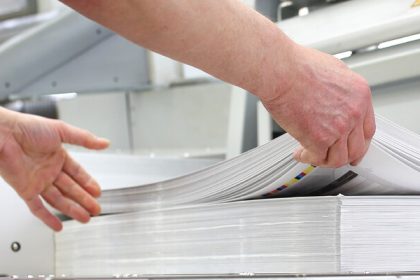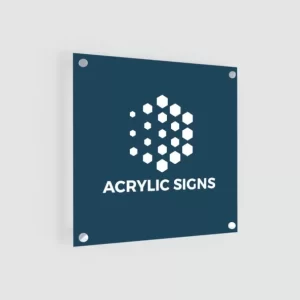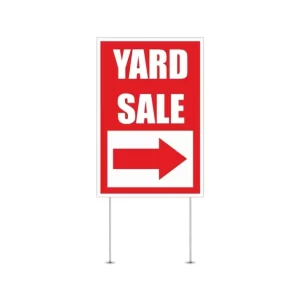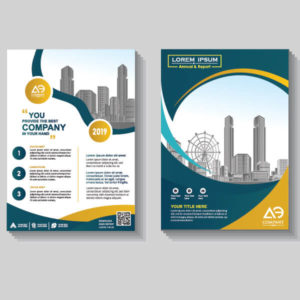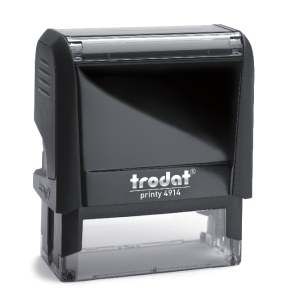Introduction
In today’s digital age, where online advertising dominates the marketing landscape, print marketing remains a powerful tool for businesses to make a lasting impression. While online strategies have their advantages, they often lack the tangible and personal touch that print materials can provide. In the context of events, such as trade shows, conferences, or exhibitions, incorporating print marketing can help businesses stand out and create a memorable experience for attendees. This essay will explore various print marketing strategies and their potential impact on event success.
The Power of Design and Branding
In a crowded event environment, capturing the attention of attendees becomes crucial. Effective print marketing relies heavily on the power of design and branding. Developing visually appealing and cohesive materials that align with your brand image is essential for creating a strong first impression. Consistent branding across print materials, such as banners, brochures, and business cards, not only enhances recognition but also instills trust and professionalism.
Engaging design elements, such as vibrant colors, eye-catching typography, and compelling imagery, can captivate the audience and differentiate your business from competitors. Incorporating unique design elements relevant to the event theme or industry can further amplify your brand’s message and make a lasting impact on attendees.
Maximizing Print Collateral
Print collateral is a valuable asset for event marketing, as it allows for personalized and tangible interactions with potential customers. Here are several print materials to consider utilizing at your next event:
a) Brochures and Flyers: Well-designed brochures and flyers can effectively convey key information about your products or services. By including engaging visuals, concise messaging, and clear calls-to-action, you can spark attendees’ interest and drive them to learn more about your offerings.
b) Business Cards: Business cards remain an indispensable networking tool. Ensure your business cards are well-designed, reflecting your brand identity and providing essential contact information. To stand out, consider using unique finishes, such as embossing or foil stamping, to create a memorable tactile experience.
c) Banners and Signage: Large-format banners and signage help create a visually striking presence at events. Displaying your brand name, logo, and key messages prominently can draw attention from afar. Consider incorporating QR codes on banners, enabling attendees to quickly access additional information or promotions using their smartphones.
d) Promotional Items: Offering branded promotional items, such as pens, notepads, or tote bags, can leave a lasting impression on attendees and increase brand visibility beyond the event. Ensure the items are practical, aligned with your brand image, and relevant to your target audience’s interests.
Personalization and Targeted Marketing
Personalization is a key element in effective print marketing. By tailoring your print materials to the specific event and target audience, you can enhance engagement and forge meaningful connections. Here are some strategies to consider:
a) Variable Data Printing: Utilize variable data printing to customize printed materials with individual attendees’ names, companies, or other relevant information. This personalized touch can make recipients feel valued and increase the likelihood of retaining your material for future reference.
b) Segmented Printing: If your event attracts a diverse audience with varying interests or needs, consider segmenting your print collateral. Create targeted brochures or flyers that cater to different demographics or industry sectors. This approach allows you to address specific pain points and showcase tailored solutions, maximizing the effectiveness of your marketing efforts.
c) Interactive Print: Embrace innovative technologies to add interactivity to your print materials. Augmented reality (AR) and QR codes can be used to provide virtual experiences, unlock exclusive content, or enable attendees to participate in contests or surveys. By combining print and digital elements, you create a unique and engaging experience that captures attendees’ attention.
Measuring Success and ROI
To evaluate the effectiveness of print marketing at events, it is essential to establish measurable goals and track relevant metrics. Here are some metrics to consider:
a) Lead Generation: Track the number of leads generated through interactions with your print materials. This can be done by providing unique QR codes or dedicated URLs for attendees to access more information or request follow-up.
b) Engagement: Gauge attendee engagement by monitoring the number of brochure or flyer pickups, business card exchanges, or the overall foot traffic at your booth. Engaging conversations and positive feedback are also indicators of successful print marketing.
c) Post-event Follow-up: Measure the effectiveness of your print marketing efforts by tracking the number of post-event follow-ups, such as emails, calls, or meetings scheduled as a direct result of interactions with print materials. This indicates the level of interest and potential conversion rate.
Conclusion
In a digitally saturated world, print marketing offers a unique opportunity for businesses to stand out at events and leave a lasting impression on attendees. By harnessing the power of design, utilizing various print collateral, personalizing materials, and measuring success, businesses can effectively integrate print marketing strategies into their event marketing efforts. Remember, successful print marketing relies on the alignment of your brand identity, a clear understanding of your target audience, and an ongoing commitment to creativity and innovation. By embracing print marketing at your next event, you can enhance brand visibility, foster meaningful connections, and ultimately drive business growth.

